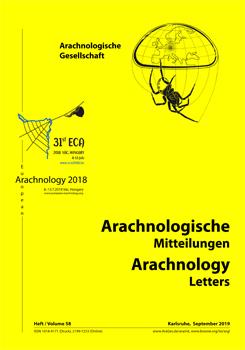Among social spiders, cooperation is a key characteristic behaviour. Cooperation in prey capture increases the probability of successful prey capture and to some extent reduces the individual costs associated with foraging. We assessed spider cooperation in prey capture under natural conditions in relation to the number of spiders in the colony and the type and size of the prey captured by the social spider Stegodyphus sarasinorum Karsch, 1892 (Araneae: Eresidae). First, we determined natural prey in the spider webs and found that beetles (Coleoptera) were the most frequent prey followed by grasshoppers (Orthoptera). These two prey types were then used to study the cooperative hunting behaviour of this spider. We investigated prey capture frequency, recruitment and immobilization time when spiders are more active in the mornings and less active around midday. The study revealed that the immobilization time and recruitment time were shorter when hunting beetles, the smaller sized prey, while larger numbers of spiders were recruited in response to grasshoppers, the larger prey. The study concluded that cooperative behaviour in S. sarasinorum depends on the size of prey present.
How to translate text using browser tools
13 September 2019
Is cooperation in prey capture flexible in the Indian social spider Stegodyphus sarasinorum?
Ovatt Mohanan Drisya-Mohan,
Neisseril Anirudhan Kashmeera,
Ambalaparambil Vasu Sudhikumar
<
Previous Article
|
cooperative behaviour
immobilization
predatory efficiency
recruitment time





